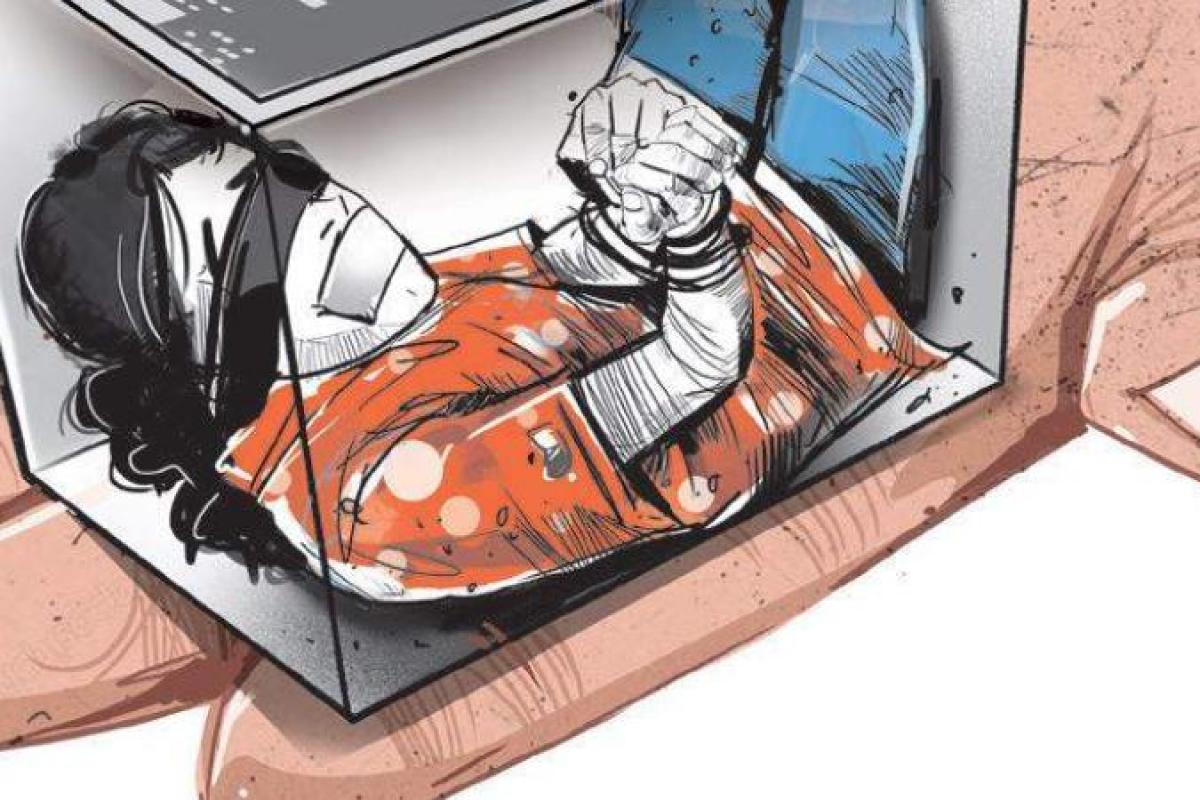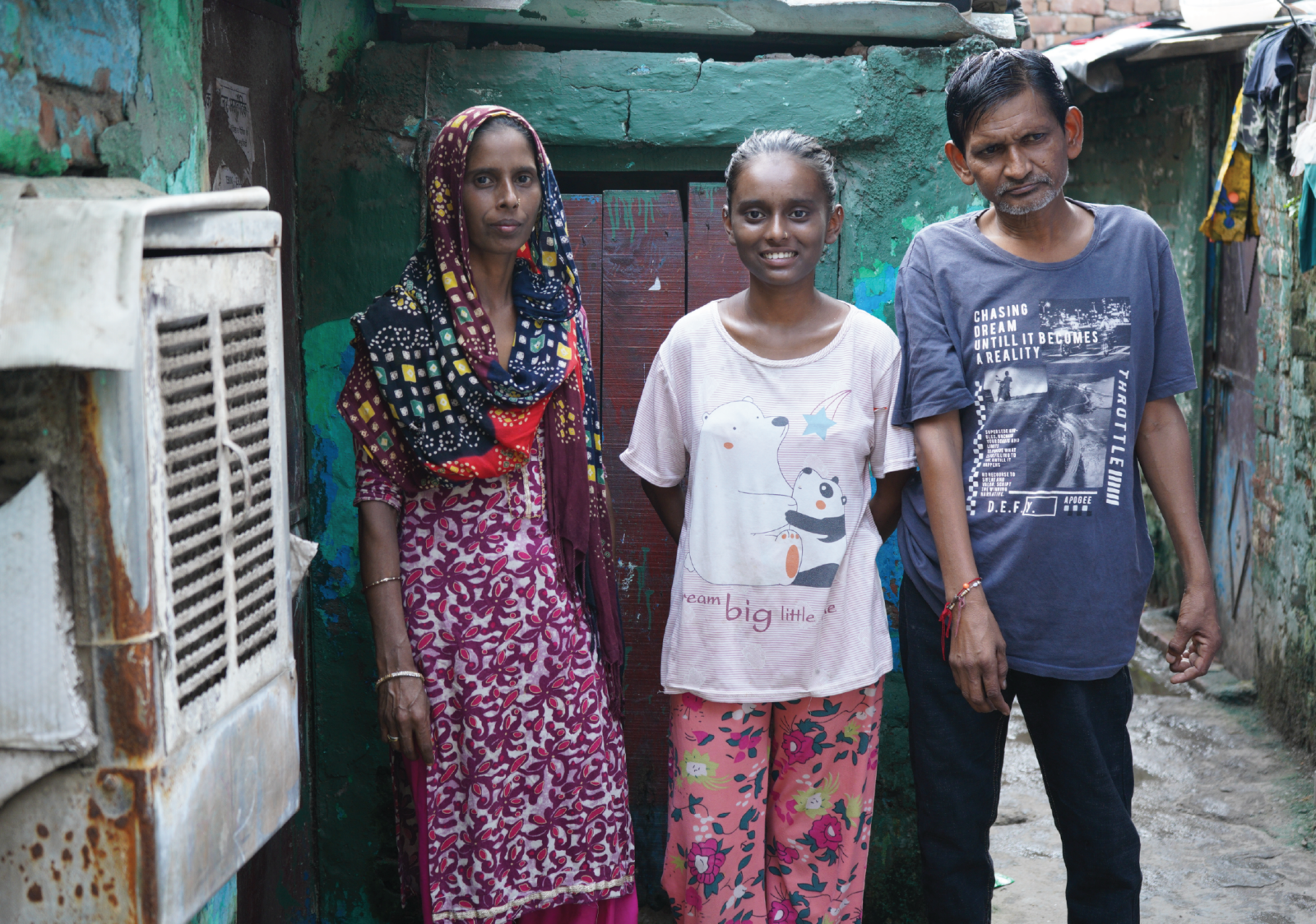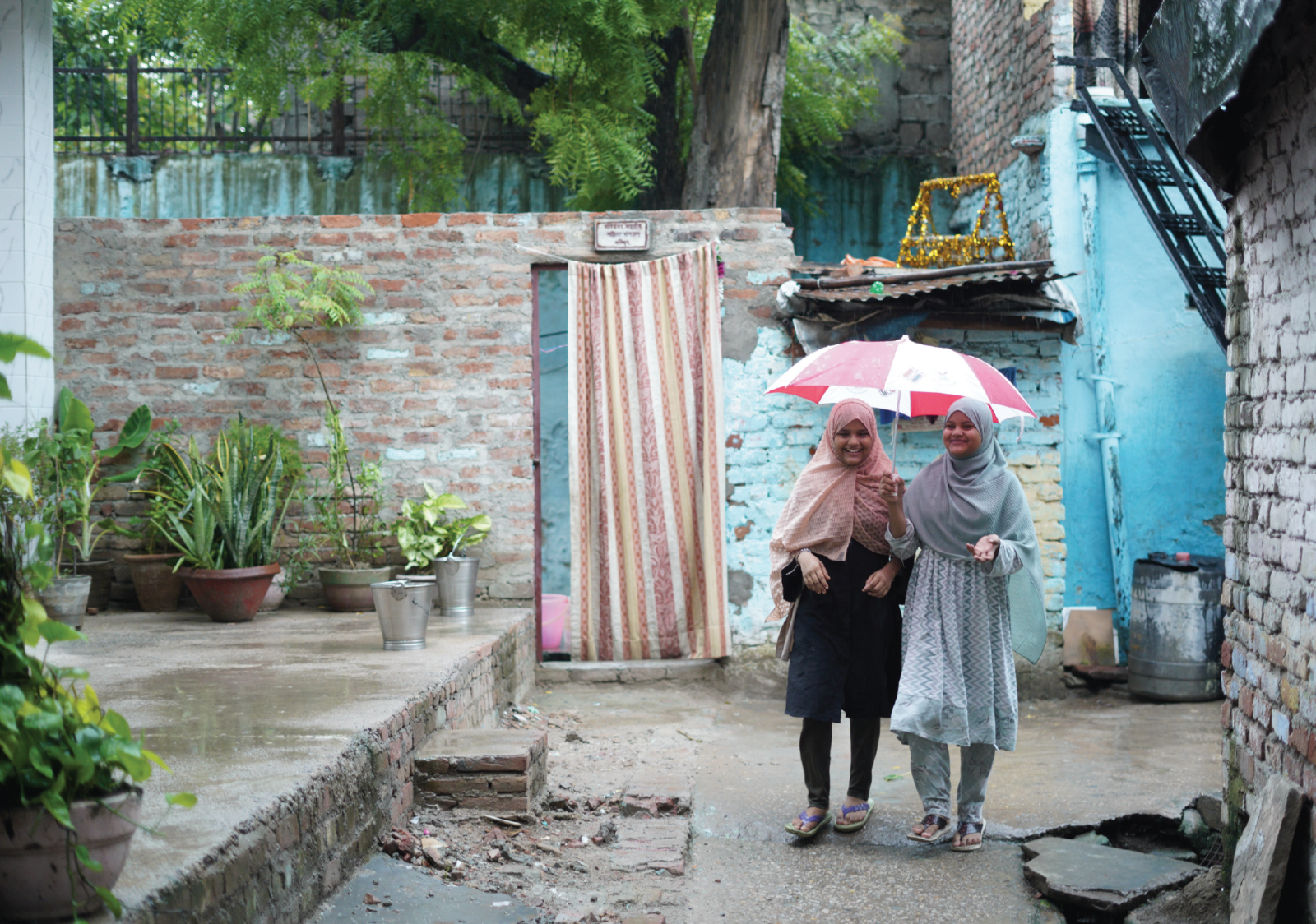Even though India is recovering from the Covid-19 crisis, its impacts have been grave, especially on the lives of children, putting them at greater risk and in even more unsafe circumstances. From the rise in the cases of child labour and child marriages to the number of mental health issues, childhoods are under distress. With unemployment and recession, parents from many families are unable to provide basic needs of their children. Increased poverty is compelling families to push their children into child labour, early marriage and out of school or lack any access to quality healthcare, nutrition, and mental health services.
Here are headlines from the last month, that put a spotlight on the lack of safety for children in India:
1.POVERY IN INDIA HAS PUSHED AROUND 70% CHILDREN INTO CHILD LABOUR
India was previously facing issues of child labour but the COVID-19 crisis and the lockdown added to the increasing numbers of cases. The police officials stated that 70% of children, who were rescued under Operation Muskaan conducted from October 28 to November 3 across the 13 districts, have become child labourers due to poverty. Lack of income and unemployment on the rise, it is difficult for the parents to earn a living during this pandemic. This has in turn forced the children from the underprivileged background to work. The police department is planning to build a rehabilitation mechanism to reduce recidivism and wipe out the scourge of child labour in the State using the welfare programmes and schemes introduced by the government.
2.INCREASE IN GIRL CHILD MARRIAGES DUE TO THE PANDEMIC
Due to the pandemic, as families are facing a financial crisis and extreme poverty, child marriage has become a coping mechanism for these families. Child marriages in the state of Maharashtra has increased by 78.3% during the pandemic. Activists believe that the numbers are just the tip of the iceberg, as numerous ceremonies have gone unreported owing to the strict lockdown measures, limitations on gatherings and law enforcement bodies such as the police being busy on Covid-19 and lockdown-related duties.
3.UNDERPRIVILEGED CHILDREN ARE AFFECTED BY THE DIGITAL DIVIDE IN EDUCATION
The COVID-19 crisis compelled everyone to stay at home, but it has had adverse effects on the education of the children. As the schools were ordered to take online classes, the children from underprivileged background couldn’t attend online classes due to lack of resources. On an average only 40% of the students have had access to online education. Even after various phone schooling initiatives and resources pumped into education, many children do not have access.
4.COVID19 SHOWED GLARING HOLES IN THE PUBLIC HEALTH SYSTEM, RISKING THE HEALTH OF CHILDREN
Amid the increasing economic and health crisis, children face a grave issue due to lack of proper food resources and healthcare. During the initial months 1 lakh children died not due to the virus but due to diarrhoea. Babies had to miss routine vaccinations due to unavailability of healthcare workers. The mid-day meals schemes launched by the governments couldn’t reach the children which in turn affected their health.
5.COVID19 STRESS TAKING A TOLL ON THE MENTAL WELL-BEING OF CHILDREN
Being forced to stay at home with no play, staying away from their friends and school has contributed towards negative feelings amongst children, with no hope for the future. Increased stress and violence at home has further contributed to stress and major mental health issues amongst India’s youngest population. Playing is an important activity which helps in the overall growth and development of the mental as well as their physical health, being deprived of this right has impacted the mental well-being of children.
6.THE RE-OPENING OF SCHOOLS ADDED TO AN INCREASE IN THE NUMBER OF POSITIVE CASES
As the Unlock 0.5 started, there were plans to reopen schools across various states in India. However, the reopening of schools further contributed in an increase of the Covid-19 cases. As high schools reopen in Andhra Pradesh 829 teachers and 575 students tested positive for the virus. Even though proper precautions were taken by the school authorities, there was a spike in the positive cases. The reopening of schools in other states has similar effects. Most of the schools decided to shut down again and continue with online classes until a decision in this matter was taken.







